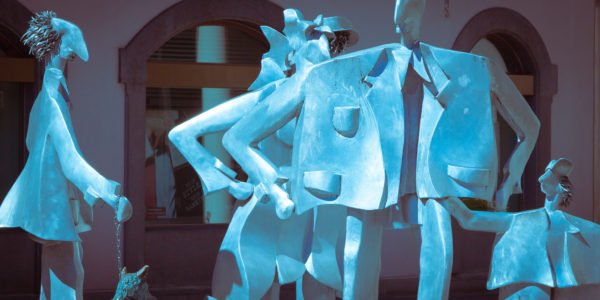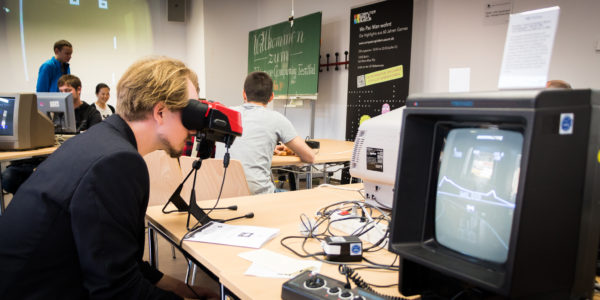VR for the masses
Today I went to a meetup with several VR experts from an impressive line up of companies and backgrounds. We were discussing the topic of “VR for the masses”, which I enjoyed very much at https://www.space-shack.com/
As I was the only game developer in the room, I think I brought a unique perspective to the talk as well. However at the same time this leaves a lot being desired as the time to talk was so limited. There are one or two things I would like to stress about VR and I think my blog is generic enough for the topic to be the right place.



We were talking about storytelling in games and how they manage to position the playing in the center of the story even without options to interact with the story directly and I was mentioning Half-Life as an example, when one quote came up which specifically caught my ear:
When I play a game, no matter if Half-Life or GTA V, I always skip the story to get to do the quest. – Anonymous
I was mentioning Half-Life specifically because it does not contain cutscenes at all. And we are talking about a game from 1998. The fact that it does not contain cutscenes was a revolution in story telling and helped to develop games as a culture for sure.
Unlike many other games at the time, Half-Life features no cutscenes; – Wikipedia
If you don’t have a background with game development or are critically reviewing games let me just drop the following notes for you to consider: Games are successfully implementing non-linear storytelling for over 20 years. We know how to do that. We also know how to put the the “consumer”, the “viewer”, the “player” in the center of the action or in the center of the story. We know how to talk to them directly breaking the fourth wall.
The second thing I want to talk about is KPIs. When releasing content – no matter if it is a game, video, text or whatever – there is no rational, valid answer to the question “What if?”.
What if you had not created a 360° video but a standard video instead?
Nobody can possibly know how well a standard video compared to a 360° video does. To scientifically compare them, you would need proper A-B Testing throughout all your audiences and throughout a huge audience to get a good sample!
The amount of different factors to take into account in regards to successfully releasing content is overwhelming. I think, however this one stands out:
It is a bit like comparing how well a novel did compared to a comic book. Both videos are assembled by moving pictures, sure. But you would create the content according to the medium through which it is received. So naturally your 360° video will be different. Less jittered camera to almost no movement at all. No fastpaced cuts. Audio is special too and camera position is usually at human height. This results in completely different videos.
I honestly think the discussion was fruitious, but to everybody in VR:
Please take a look at the games industry!